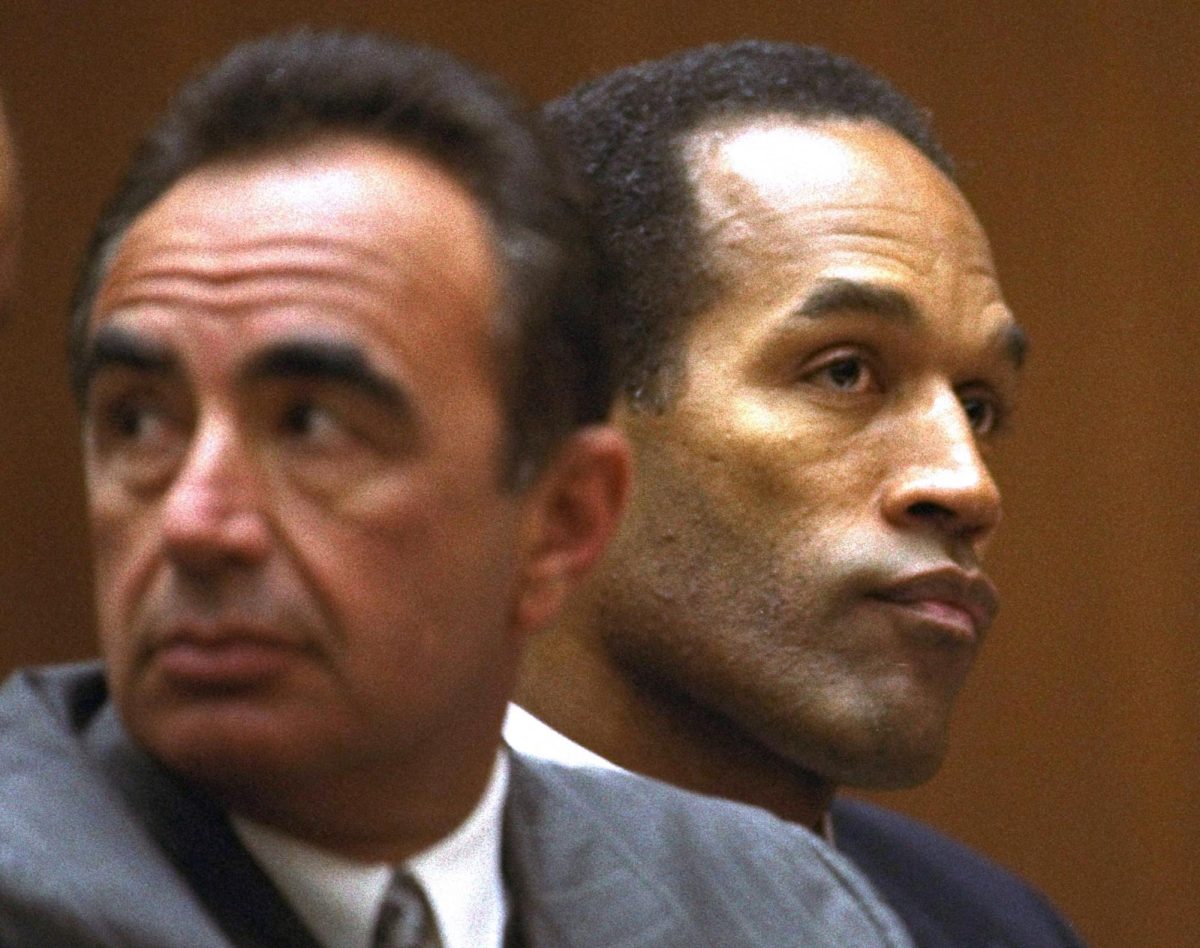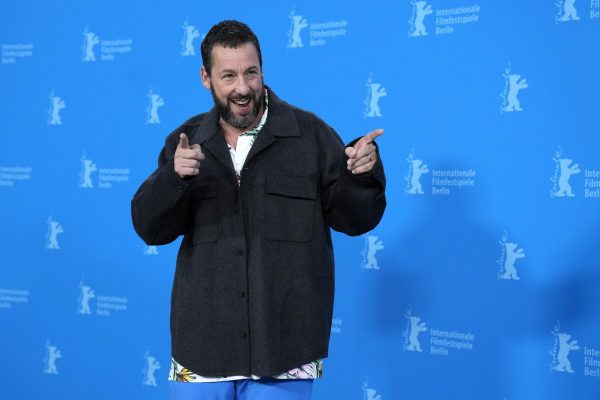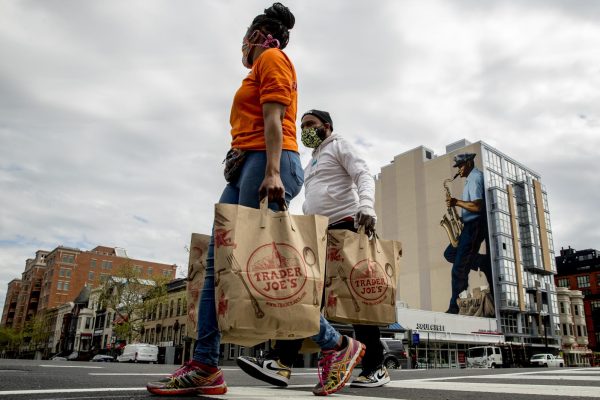“Seaspiracy” Exposes Disgusting Fishing Industry
April 23, 2021
The documentary “Seaspiracy” may not be the film we want to see but the one we all need to see.
The movie dives into the atrocities of industrial fishing and the sheer amount of death in the waters occuring every second. It opens up about a massive industry whose practices are unknown to many and shows just how flawed the fishing industry is.
The film starts off with breathtaking cinematography of reefs, pods of whales and schools of fish. From there, the film covers how fishing nets make up much more of the waste in seas than previously thought, the legitimacy of the dolphin safe label, illegal fishing, bycatch, overfishing, and even slavery in the fishing industry.
With the film’s graphic imagery of animals being caught and dumped back in the ocean and the saturated red of the water from the killing, it is nearly impossible for me to look at the prepackaged fishes in the grocery store the same. The startling statistics like 50 million sharks being caught a year just through bycatch and then dumped back in the ocean as waste were almost unbelievable. The film concludes by making a bold claim: do not eat fish.
It is possible that this big claim has stirred the controversy but regardless, this film has caused an uproar with some statistics not being completely accurate.
The film says we will have “virtually empty oceans by the year 2048” and the statistic has been the subject of controversy. The statistic is from a 2006 study and is no longer applicable today.
“The 2006 paper is now 15 years old and most of the data in it is almost 20 years old,” Dahousie University Professor Boris Worm told the BBC. “Since then, we have seen increasing efforts in many regions to rebuild depleted fish populations.”
Organizations like the Marine Stewardship Council and the International Marine Mammal Project (IMMP) are unhappy with the film’s portrayal of the dolphin safe labels and their efforts to keep the fish safe.
Associate US director of the IMMP Mark Palmer was interviewed in the film and says he was “taken out of context.”
“I answered there are no guarantees in life but that drastically reducing the number of vessels intentionally chasing and netting dolphins as well as other regulations in place, that the number of dolphins that are killed is very low,” Palmer told Intrafish.
In the film, when he was asked about if the dolphin safe label could be guaranteed, he answered: “Nope. Nobody can. Once you’re out there in the ocean, how do you know what they’re doing? We have observers on board. The observers can be bribed.”
When he was continuously asked about why the dolphin safe label is called this if it is not guaranteed to be dolphin safe, he could not properly answer and said “the world is a difficult place sometimes.”
Even if some of Palmer’s words were left out of the documentary, the message still stands that the dolphin safe label is not 100% guaranteed.
BBC fact checked many of the main claims in the film, and other than the outdated and estimated statistics, the film got plenty right. Statistics like “plastic straws only accounted for 0.03% of plastic entering the ocean” are estimates but does that really matter? The degree of accuracy of each statistic should not distract from the harsh truth that fishing is polluting our oceans through the fishing material and mercilessly killing fish.
Despite the few areas of misinformation, this documentary is successful. Director Ali Tabrizi has ignited reactions which, with a topic like this, is the best way to fuel change.
The message is clear and he has the information and proof to back it up. The fishing industry is by no means sustainable or trustworthy. The news should fact check the fishing industries with as much vigor as they fact checked this film.






















